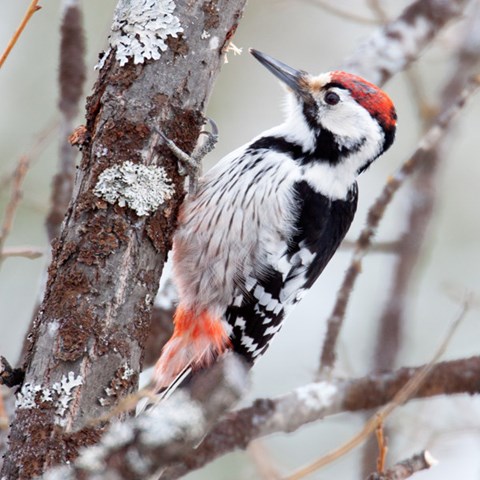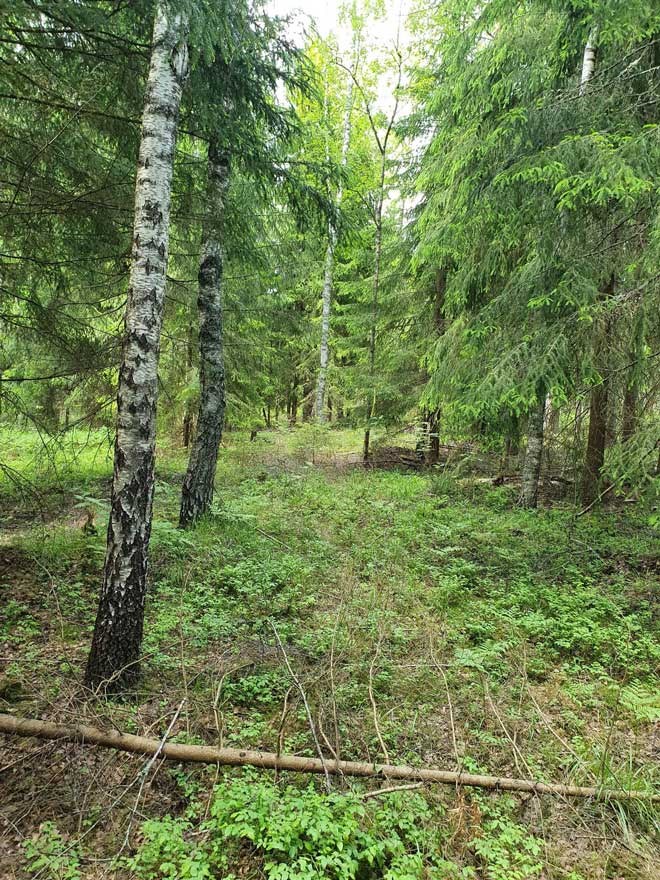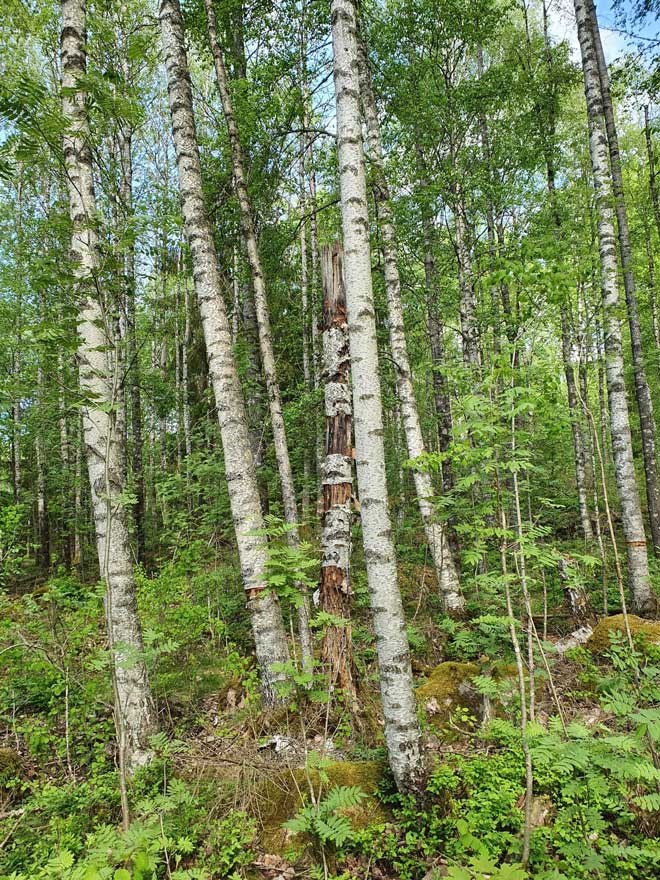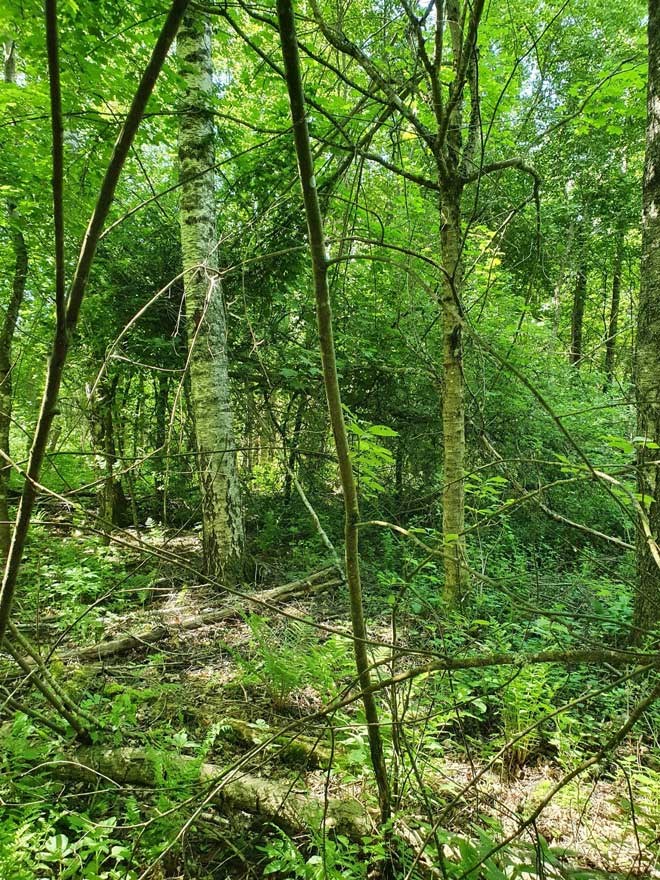The White-backed woodpecker (Dendrocopos leucotos) was once locally common throughout Sweden, but at the beginning of the 20th century, its population began to decline. By the year 2000, there were only five pairs remaining in the entire country following a dramatic decline in the species. While an increasing number of breeding pairs have been observed in recent years, the species remains critically endangered.
The White-backed woodpecker has specific habitat requirements, including vast areas of deciduous forests with large amounts of deadwood, which provide its main food source – beetles. These habitats are rare in today's managed forest landscape. Over the last two decades, the White-backed woodpecker has been the focus of deciduous forest restoration efforts due to its status as an umbrella species; it is assumed that many co-existing species benefit from the restoration of the White-backed woodpecker’s habitat.
"Actions to restore habitat for the White-backed woodpecker span thousands of hectares. Despite this, few studies have evaluated their effects over time," says Albin Larsson Ekström, a PhD student at the Swedish University of Agricultural Sciences, SLU.
Initial effects have faded
In a study published in Journal of Applied Ecology, researchers at SLU have now studied forests that were restored for the White-backed woodpecker, 12 to 21 years post-restoration.
A previous study in the same areas showed initially positive effects of restoration for many beetle species, compared to non-restored areas. To see if these effects remained, the researchers now investigated the amount of dead and living deciduous trees and the diversity of beetles.
“The initially large, positive restoration effects on beetle diversity are now gone,” says Albin Larsson Ekström.
In comparison to target habitats
In order to assess whether restoration had reached the target, the researchers chose to compare the restored forests also to forests of historical importance to the white-backed woodpecker, target habitats. The results showed that the restored stands neither matched the target stands in forest structure nor beetle diversity.
“A majority of the deadwood that was created from restoration is now highly decayed and the regeneration of trees is dominated by conifers where the goal is deciduous”, says Albin Larsson Ekström.
Mainly generalist beetle species and species confined to later decay stages were found in the restored stands, while there were more red-listed species and deciduous associated species in the target habitat.
“In order to reach the goals, these forests need continuous restoration, or else they risk returning to coniferous-dominated forests with low amounts of deadwood”, says Albin Larsson Ekström.



